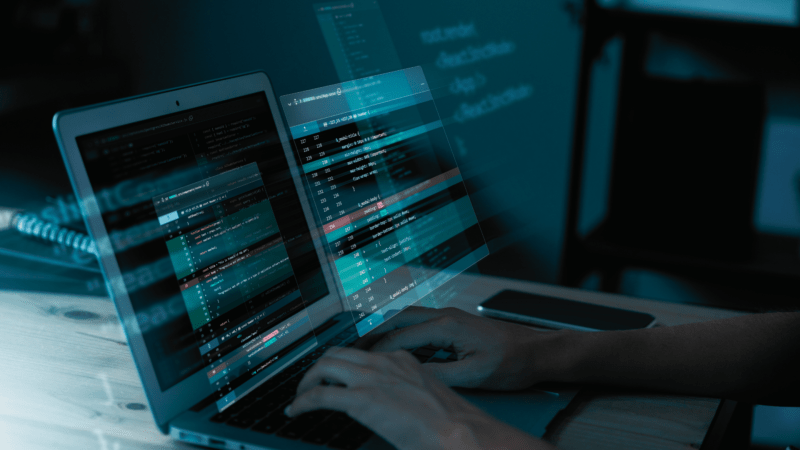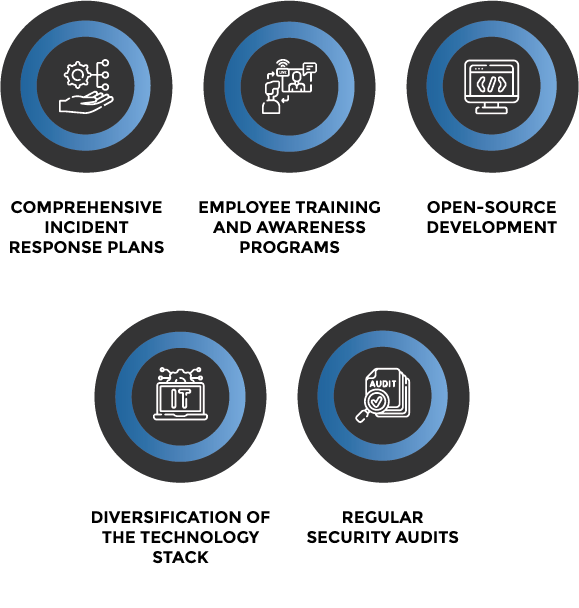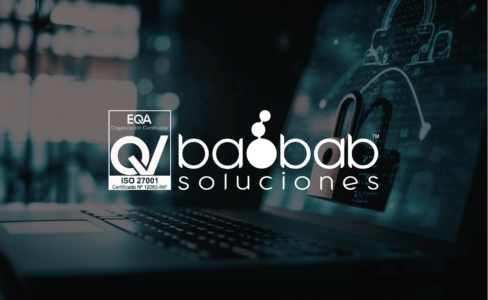In July 2024, the business world was shaken by the “CrowdStrike Crash,” when a faulty update from one of the leading cybersecurity companies disrupted critical operations across various industries, impacting approximately 8.5 million devices. This incident highlighted two crucial points: the vulnerability of organizations and the urgent need to bolster corporate defenses.
The crash not only wiped out $20 billion from CrowdStrike’s market value but also exposed significant gaps in risk management, open-source software development, and the human factors integral to cybersecurity.
In this article, we’ll dive into some key lessons from the CrowdStrike case and explore how these insights can strengthen your organization’s cybersecurity posture.

Embracing open-source transparency to enhance security
The CrowdStrike crash underscores the critical need for innovation and resilience in cybersecurity. A strategic way to achieve this is by adopting open-source tools, which offer unparalleled advantages in transparency and community collaboration. These tools allow developers and security experts to continuously review and improve the code. This transparency not only speeds up the identification and remediation of vulnerabilities but also fosters a culture of trust and cooperation.
Moreover, leveraging open-source software can reduce reliance on specific vendors, thereby mitigating the risks associated with failures or vulnerabilities in their solutions.
Our platform, Cornflow, exemplifies this approach. Developed with contributions from a broad community of developers, Cornflow undergoes rigorous testing and continuous improvement, ensuring a product that is exceptionally resilient to vulnerabilities. By embracing open-source development, we not only tap into our internal expertise but also benefit from a global network of innovators. This collaboration enhances our ability to swiftly identify and address security risks, ensuring Cornflow remains at the forefront of both security and functionality.
Interested in learning more about Cornflow? Click here to watch an interview with Guillermo González:
While technology is crucial, it’s only part of the cybersecurity equation. The CrowdStrike crash underscored the indispensable role of human expertise in protecting digital assets. Cybersecurity professionals don’t just implement and manage technological tools—they also develop strategies, identify emerging threats, and respond to incidents in real time.
Ongoing training and awareness are essential to reinforcing this human pillar. Organizations must invest in training programs that keep their staff up to date on the latest threats and best practices in cybersecurity. Additionally, fostering a security-conscious culture within the company, where every employee understands their role in protecting data, can make a significant difference.
The human element: a pillar of cybersecurity
Preparing your organization for the future with comprehensive security measures
The lessons from the CrowdStrike Crash are clear: organizations must adopt a multifaceted approach to cybersecurity, with key strategies such as:

In today’s landscape, where even top cybersecurity firms like CrowdStrike can face unexpected disruptions, the importance of trusted partners in developing customized solutions and protecting your data cannot be overstated.
That’s why choosing to work with an ISO 27001 certified company means aligning with a partner that is not only prepared to prevent incidents but also equipped to respond quickly and effectively when challenges arise.






